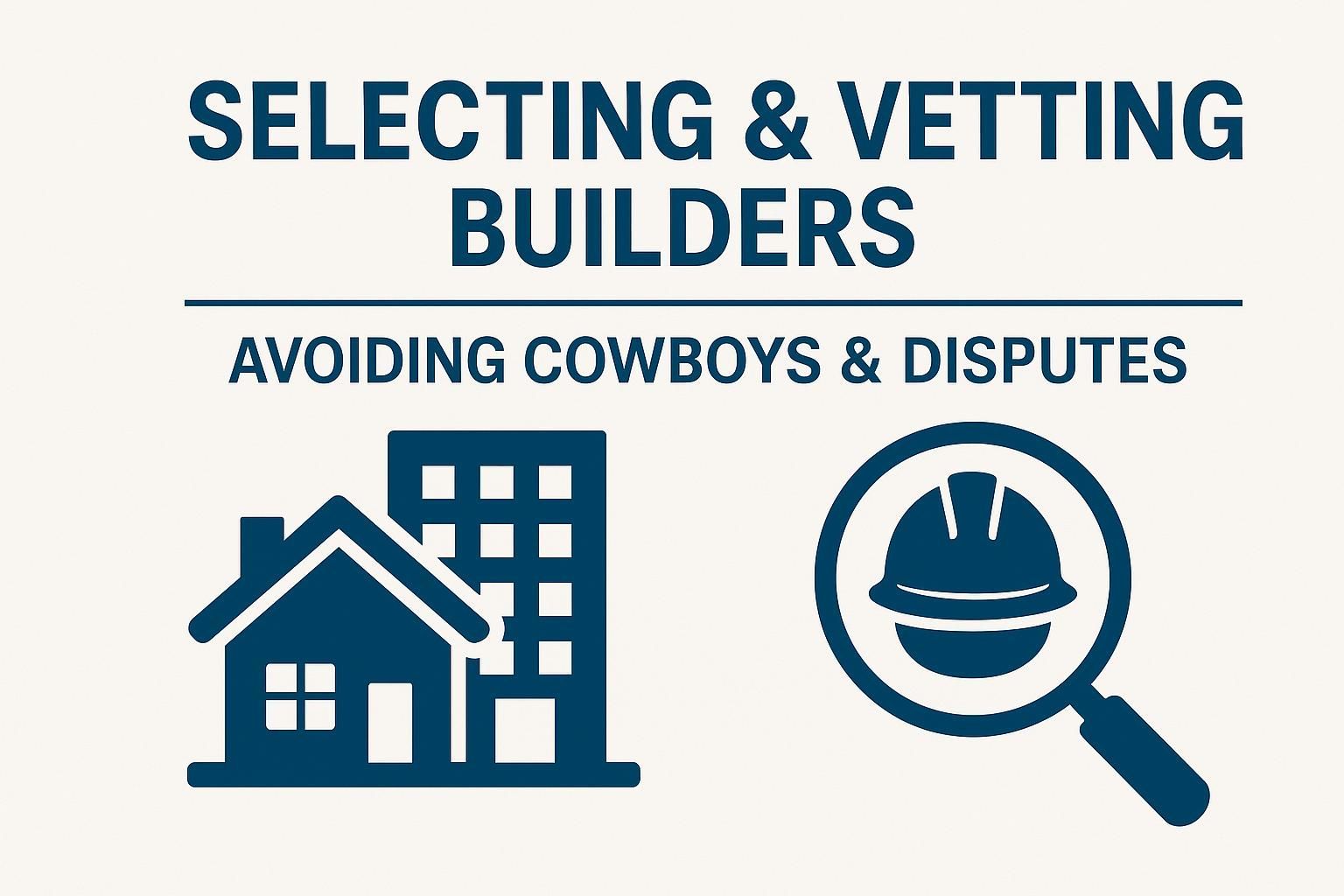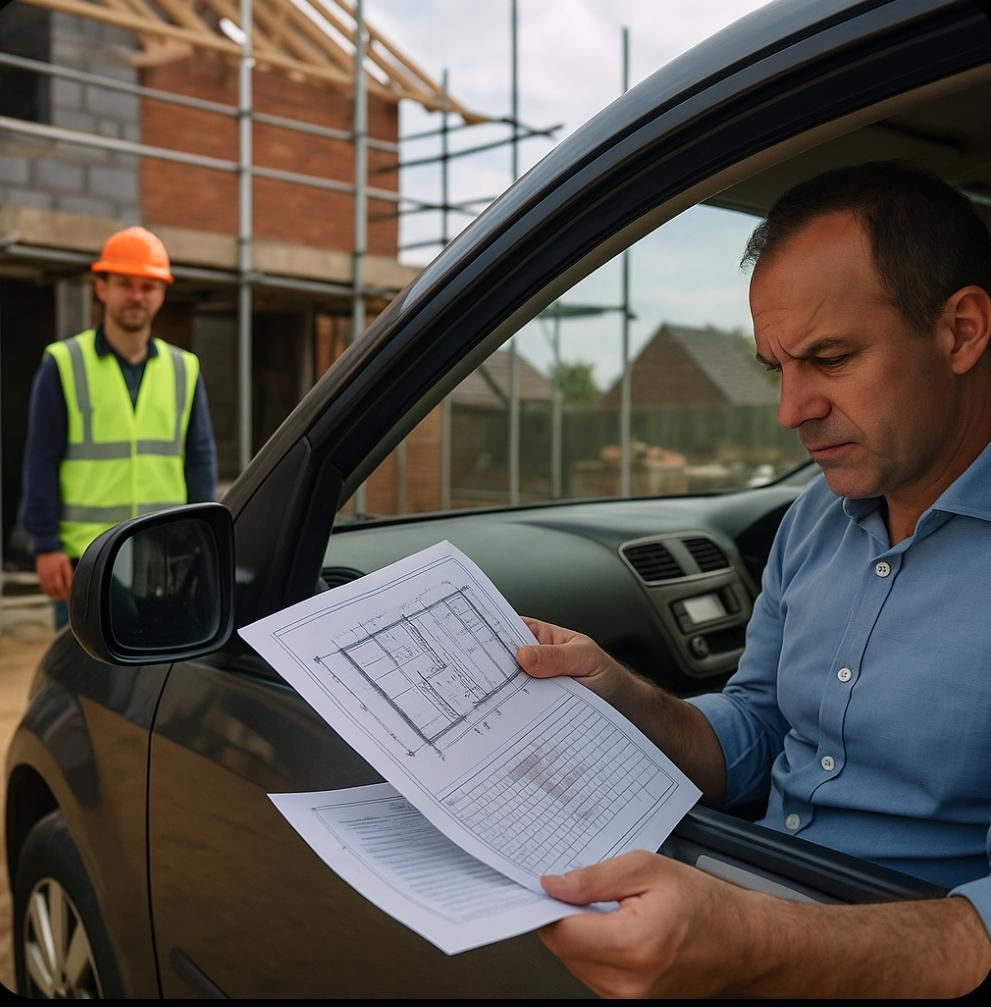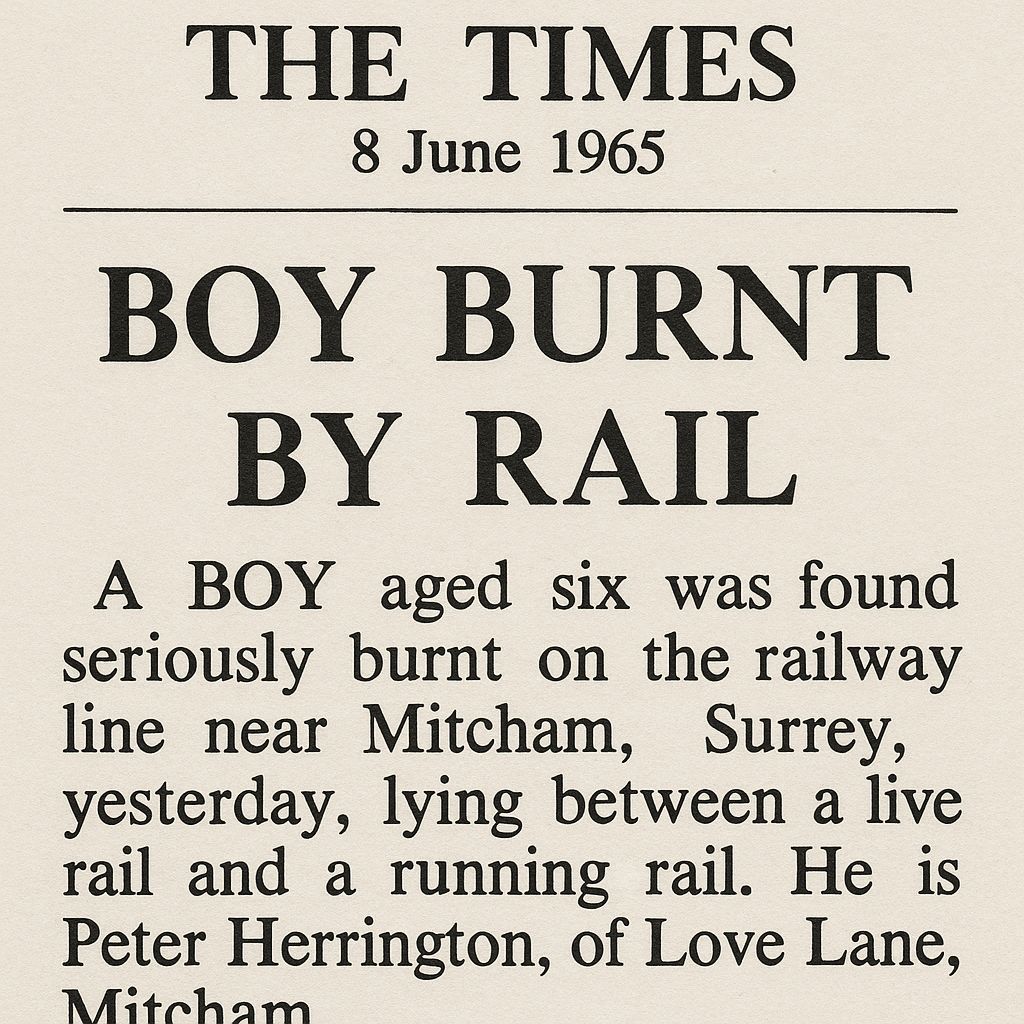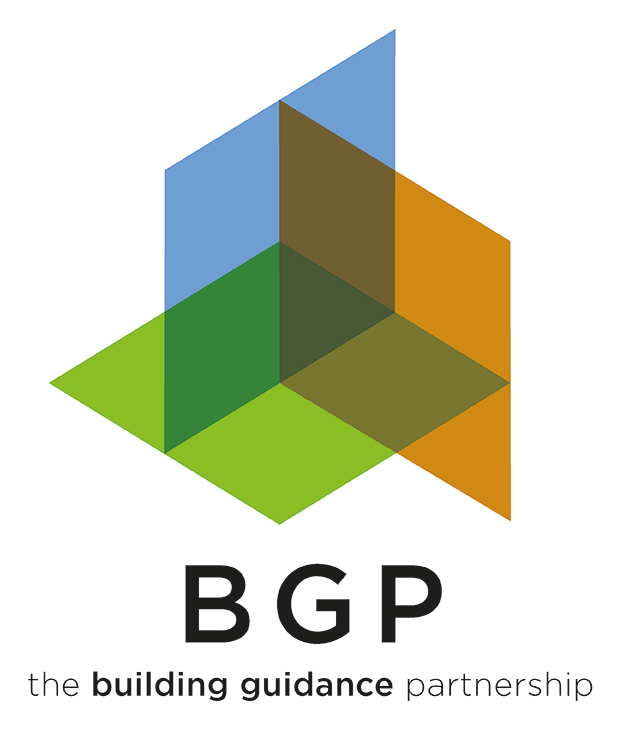Why Staged Payments Protect Your Project - and Your Wallet
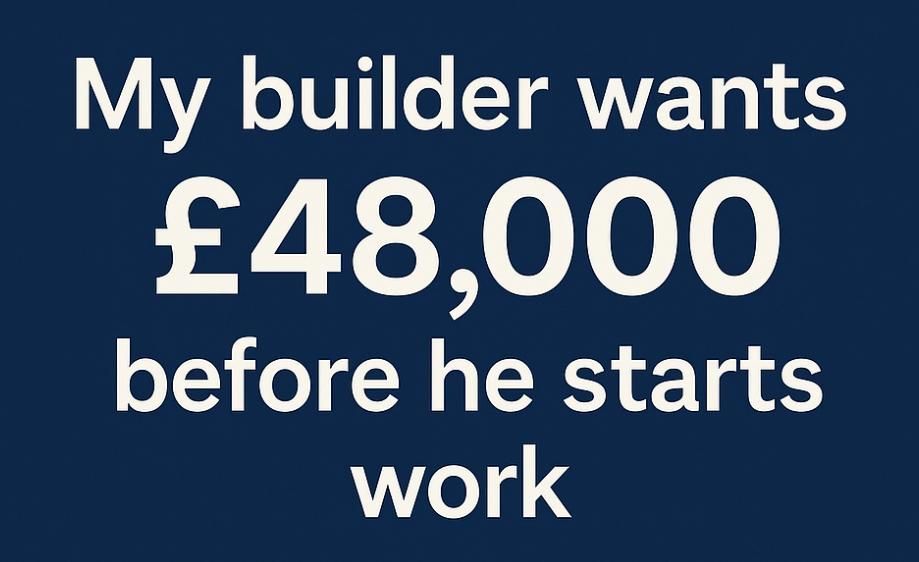
The Risk of Big Deposits
You have found a builder, the price is agreed, and you are eager to get started. The builder then asks for a large deposit upfront. Many homeowners feel they have no choice but to pay, only to later discover delays, unfinished work, or requests for more money.
Large upfront payments remove your leverage and place all the risk in your hands. If the builder walks away or progress slows, your money may already be gone. Disputes, stress, and spiralling costs often follow.
Why Staged Payments Make Sense
The professional approach is to use staged payments tied to progress on site. This is not about mistrusting your builder - it is about protecting both parties and ensuring the project runs smoothly.
With staged payments:
- You keep control of cashflow.
- The builder has incentive to deliver each stage on time.
- Payments are transparent and predictable.
- Disputes about “extras” are reduced because each stage is defined.
By contrast, a large deposit creates imbalance. You lose the ability to hold the builder accountable, and problems become harder to resolve.
How to Structure Payments Properly
1. Agree milestones in advance
· Foundations completed
· Roof installed
· First fix services complete
· Plastering finished
· Practical completion
2. Keep it in writing
· Payment terms should be part of your written contract and specification.
3. Always hold a retention
· Retain 5-10% until all snagging is completed.
4. Avoid cash
· Pay by bank transfer so there is a record.
5. Challenge unreasonable demands
· If a builder insists on many thousands of pounds upfront, this is a red flag.
Case Study: Regaining Control
A homeowner we supported in Wembley had agreed to pay almost 40% of the contract value upfront. The builder became slow to mobilise, then requested further money before completing the first stage. The client felt trapped and anxious.
We stepped in, reviewed the contract, and helped renegotiate a staged payment plan tied to milestones. Work progressed more smoothly, and the homeowner avoided what could easily have become a financial disaster.
“Once the staged payments were in place, we finally felt back in control. Sunil and his team gave us confidence that our money was safe and that the builder was accountable.”
Why This Matters for You
Payment schedules may sound like a small detail, but they are often the difference between a successful build and a costly dispute. A fair, balanced structure protects your investment, gives your builder clarity, and keeps the project moving forward.
Take Action Today
Do not let unclear payment terms put your project at risk.
Book a free 20-minute consultation with The Building Guidance Partnership. We will review your proposed payment structure and give you confidence that your builder is working to protect your money - not put it at risk.
